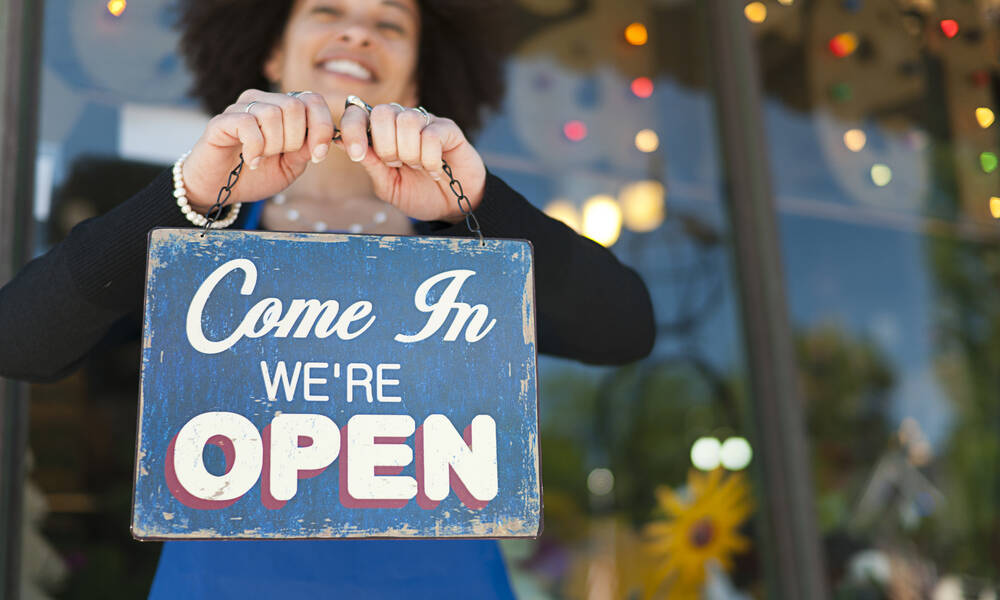
What Should Reopen First? MIT Researchers Weigh the Risks in Study
A new report from the MIT Sloan School of Management offers a model that highlights the risk/reward ratio of reopening different types of businesses.
As governors and other political leaders make decisions about how to reopen their economies amid the ongoing COVID-19 pandemic, they’re asking: What should open first, next, and last? How should the risks of spreading the infection be balanced with the benefits of resuming commerce?
An analysis by researchers at the MIT Sloan School of Management is intended to provide decision-makers with some data-driven guidance. It may also help associations understand the risks and benefits involved in reopening their industries.
In the report, titled Rationing Social Contact During the COVID-19 Pandemic: Transmission Risk and Social Benefits of U.S. Locations, authors Seth G. Benzell, Avinash Collis, and Christos Nicolaides relied on a variety of sources, including government statistics, consumer preference surveys, and smartphone location data. The authors compared around 30 different settings, including fast-food restaurants, museums, and grocery stores.
“Juxtaposing the danger and importance of these locations yields a ranking of what should be opened earlier versus later in the economic restart process,” the authors wrote in the report. “We then compare our ranking to which types of locations have seen the largest actual reductions in attendance.”
Their recommendations based on this analysis:
Open first. Banks and similar financial institutions, along with general merchandise stores such as Target and Walmart, which offer the best balance of economic and social value compared to risk to the public.
Open next. Colleges and universities, places of worship, auto dealers, repair shops, and other stores—with a preference in the latter category given to electronics and furniture stores, which are seen as more essential than sporting goods and liquor or tobacco stores. (The authors note that despite this recommendation, liquor and tobacco stores have remained open throughout the crisis.)
Open last. Gyms, cafes, juice bars, and dessert shops. The researchers state that the value of these places is too low compared to the risks.
The analysis found that the riskiest places in both metro and non-metro areas were sit-down restaurants and fast-food restaurants, but they maintained a high importance in their analysis; movie theaters and amusement parks were ranked among the least in importance but had relatively low risks.
Ultimately, any reopening decisions will involve give and take, the authors noted.
“The fact is, tradeoffs are inevitable and reopening businesses will expose people to the virus,” said Nicolaides, a digital fellow at the MIT Initiative on the Digital Economy and an assistant professor at the University of Cyprus, in a news release. “Our research provides a data-driven framework for weighing risks against rewards. We hope that policymakers are able to combine the results of our study with their own intuition and expertise to make better informed decisions.”
(huePhotography/E+/Getty Images Plus)






Comments